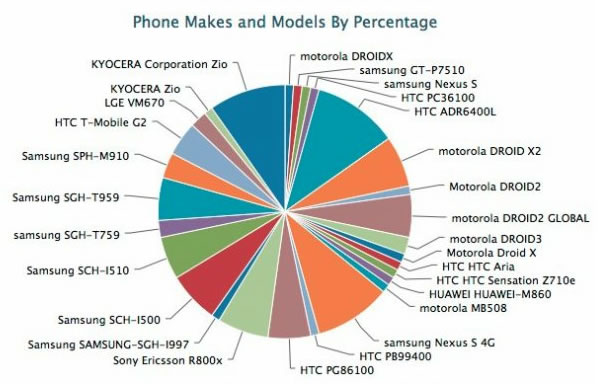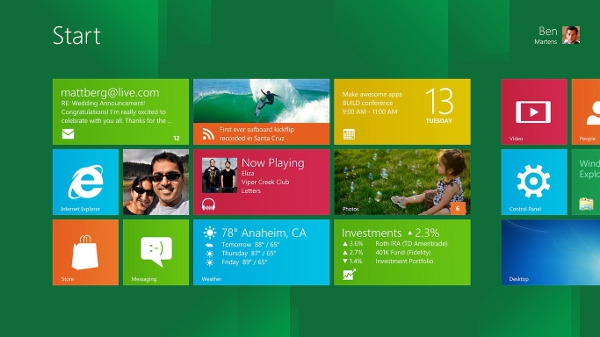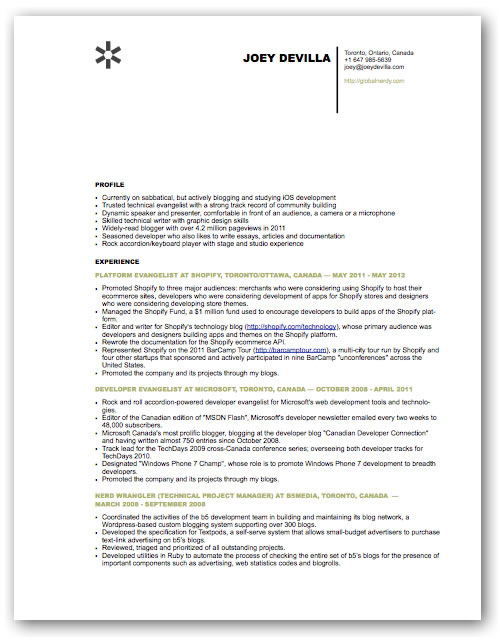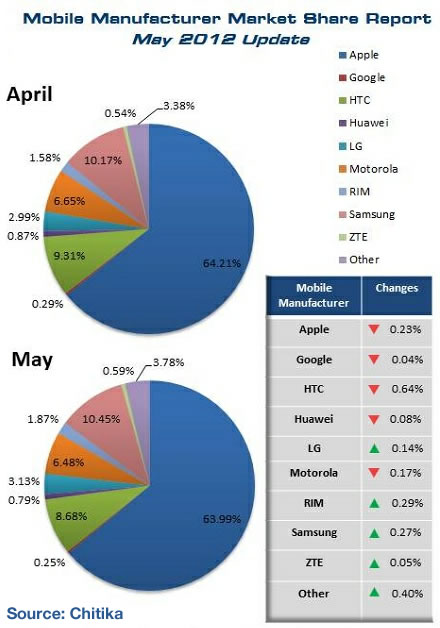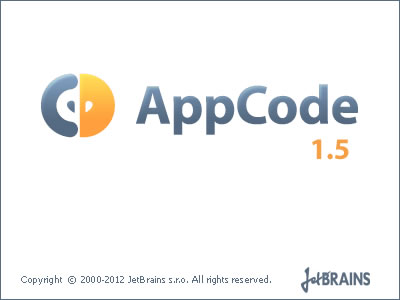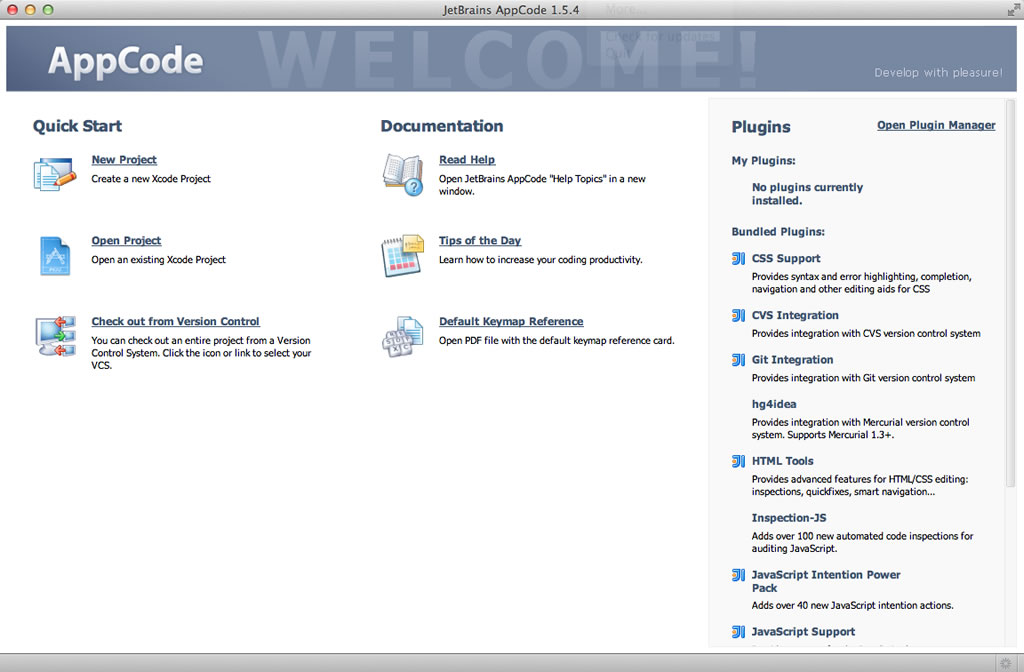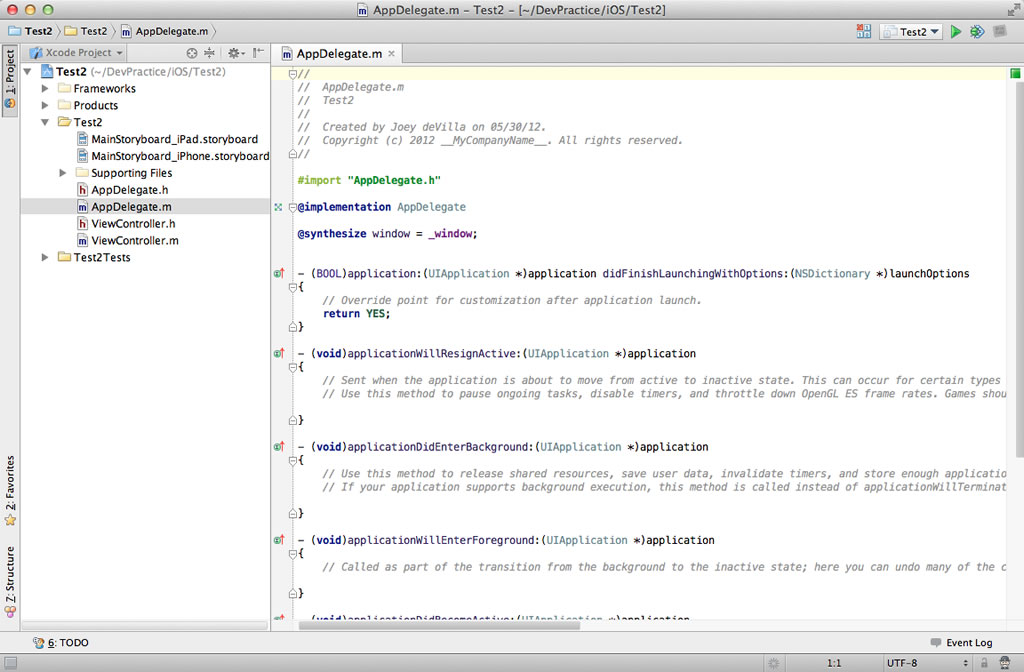“Developer Evangelist”: Not Two Years Old — More Like Three Decades!

Let’s get something that The Next Web’s recent article, A Day in the Life of a Developer Evangelist, got completely wrong — and at the very start of the article, to boot:
In the past two years, the explosion in web technologies and apps has created a new profession: It’s called Developer Evangelism, and it’s seriously awesome.
The “seriously awesome” part is correct. The “two years” part is waaaay off. The title “developer evangelist” has been around since the 1980s when people at Apple first started using it. It was coined by Apple’s Mike Murray, the title was first held by Mike Boich and it was popularized by Guy Kawasaki. Since then, other people have taken up the title, most notably Robert Scoble, who was a tech evangelist at Microsoft in the early 2000s (Microsoft created a whole division in 2001 called Developer & Platform Evangelism, for which I worked from late 2008 through early 2011).
The Evangelists

Christian Heilmann, developer evangelist at Mozilla.
- Akshay Patil, Foursquare
- Christian Heilmann, Mozilla
- Jason Costa, Twitter
- Michael Schonfeld, Dwolla
- Paul Osman, SoundCloud
- Rob Spectre, Twilio
Guess Who’s Also a Developer Evangelist!

In fact, I’m a developer evangelist who’ll soon be looking for his next gig. I’m on summer vacation at the moment, getting a much-needed vacation time in, but at the same time, I’m also learning a little iOS development. If you’d like to read more about what I think of my line of work, take a look at these articles:
- The New Job: Technical Evangelist at Shopify (April 2011)
- Company Man (or: The New Job) (October 2008)
- Evangelist, Immigrant and Shaman (May 2009)
- Developer Evangelist. Toronto Area. Now Hiring. Maybe You? (October 2010)
And if you want to hear how I got into developer evangelism, watch this video of my presentation at CUSEC 2009:
I may be taking it (relatively) easy right now, but I’m keeping my eyes open. If you’re looking for the world’s only rock-and-roll accordion-playing tech evangelist, check out my resume or LinkedIn profile, then drop me a line!
